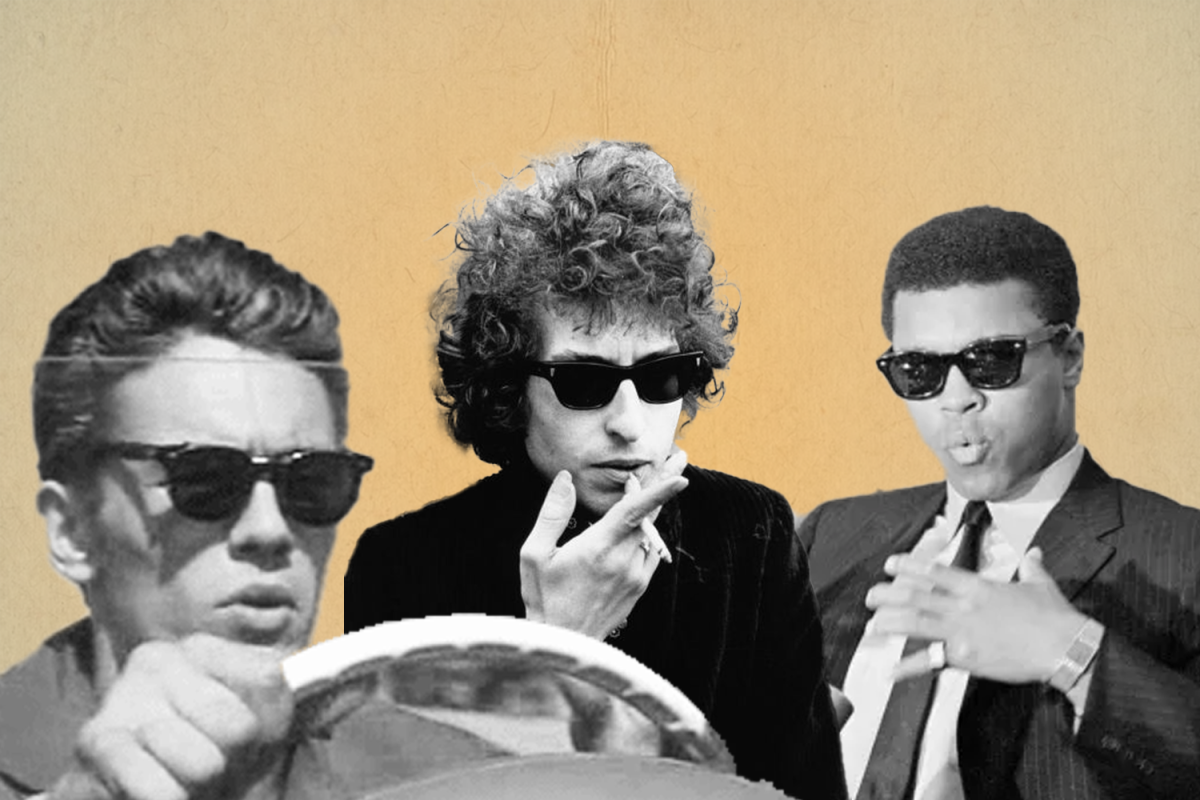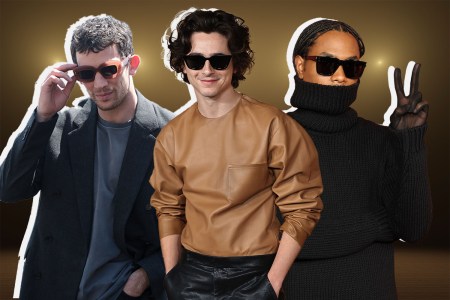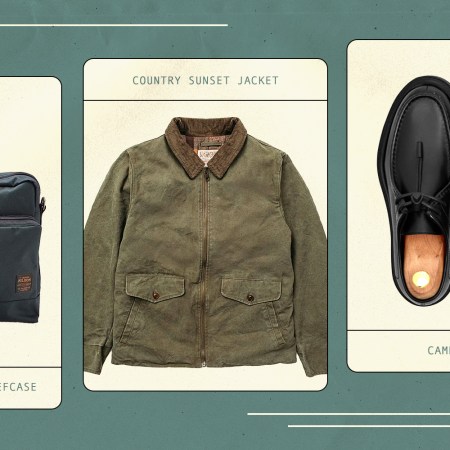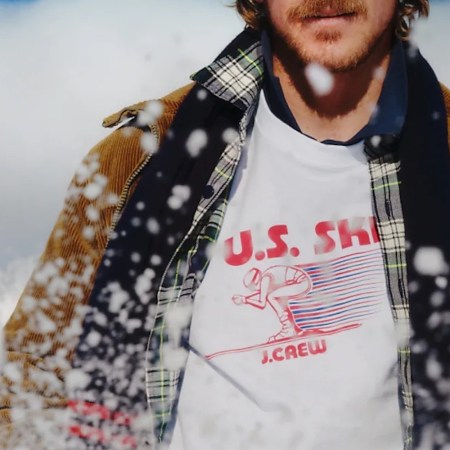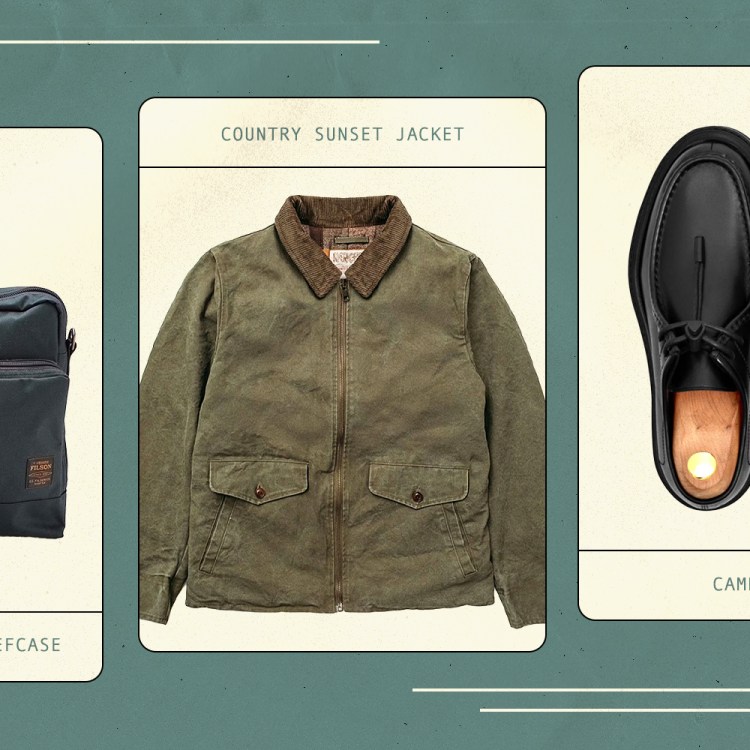Around my 25th birthday, I received a gift from an editor colleague and friend: a pair of vintage 1960s all-black Ray-Ban Wayfarer sunglasses. At the time, I was (and still am) obsessed with ’60s music — from Bob Dylan to The Byrds, The Kinks to The Velvet Underground, Love to The Temptations and, of course, The Beatles. I also admired the sunglasses many of these artists wore. After some research, I found that my favorite Mod or Motown musicians were wearing Ray-Ban Wayfarers or some variation thereof. I also found they looked great on most people at any time in history. Trends come and go, but the Wayfarer is timeless.
The Best Men’s Sunglasses for Every Face Shape, Explained
Choosing shades that complement your noggin is deceptively tricky. We’re here to help.My vintage Wayfarers hold a special place in my heart, not just because they were a unique personalized gift but also because they perfectly complement my face. During my later years at Esquire, I worked with a renowned stylist who was also a devoted Wayfarer wearer. When I asked him why they were all he wore, he simply replied, “If it’s not broken, why fix it?” This simple statement encapsulates the iconic appeal of these shades, which have remained a constant presence in fashion, infusing any look with a touch of edgy elegance. From the rock revolution of the ’60s to the art scene of the ’80s and the forefront of hip-hop culture, the Wayfarer has been a staple, symbolizing enduring cool and trendsetting flair.
Its origin story goes back to 1952 when Ray-Ban introduced the Wayfarer model, characterized by its streamlined, slightly curved and very wearable design. We spoke with Daniel Alder, Vice President of Marketing at Ray-Ban, about its enduring legacy. “The Wayfarer is one of our most iconic styles and designs since its launch in 1952,” he says. “During that era, we saw fashion becoming increasingly important. Consumers were beginning to perceive eyewear as a fashion accessory, probably under the film industry’s influence. Glasses were no longer just objects to be worn for practical reasons.”
Except for possibly the Aviator, the Wayfarer is arguably the most iconic glasses style ever. Its appeal lies in its innate ability to infuse an aura of mystery and swagger to anyone donning them, complementing nearly any face shape with its angular, mid-century shape. “The design is rooted in mid-century modernism with clean lines, perceived as more masculine,” Adler says. “However, its rise in pop culture gave it a more unisex appeal.” The Wayfarer is for everyone.
The Wayfarer has been worn by so many notable figures in history, it’s hard to keep track. “You see the Ray-Ban Wayfarer worn across many artistic disciplines, generations and professions,” Adler says. “In the year of its launch, the Wayfarer made an appearance on James Dean during Rebel Without a Cause. You’d also see historical figures like Muhammed Ali and JFK, who were known to sport the style. By the time the ’80s rolled around, the Wayfarer had become a staple in the film industry, featured in movies like The Blues Brothers, Breakfast Club, Risky Business, etc. We are also a big music industry staple, and artists like Michael Jackson, Beyonce, Madonna, Taylor Swift and Jay-Z have helped to continue the legacy.”
Since its inception, the Wayfarer has undergone various transformations, adapting to changing tastes and technologies while maintaining its signature look. “We can root the iconicity of the Wayfarer and continue its legacy by re-envisioning, re-inventing or simply applying innovation to the style,” Adler says. “It’s a frame where we can explore design boundaries, which is true to the Wayfarer personality, a challenger of the unexplored with timeless swagger.”
Ray-Ban’s commitment to innovation has ensured the Wayfarer’s continued relevance, from re-envisioning its design to integrating cutting-edge features. In 2021, the Wayfarer entered the realm of smart eyewear with the introduction of Ray-Ban Meta smart glasses, equipped with advanced capabilities like photo and video capture, live streaming and Meta AI with Vision. Aesthetic innovations such as Ray-Ban Reverse, which transforms from convex to concave lenses, challenge conventional perceptions of lens design. Trend-driven iterations like the Mega Wayfarer cater to bold oversized acetate frames, while practical innovations like a compact foldable design offers convenience and simplicity.
With the upcoming Dylan Movie, you can expect to see a slight uptick in people rocking the Wayfarer. And yes, Dylan wore them. “Bob Dylan did wear the Wayfarer, but he also popularized a Bausch & Lomb style that is slightly angular at the temple,” Adler says.
Although we must credit Ray-Ban for the iconic silhouette, many brands have riffed on it, putting slight variations into the materials, silhouette and colorways. The overall DNA remains intact, however, and below are 15 of our favorite Wayfarers and similar styles by premium brands that have put their unique twist on this classic. Regardless of which you are drawn to, there is an excellent chance they will seriously upgrade your style. Not only do they universally look great, but folks feel cooler in Wayfarers — and that makes all the difference.
This article appeared in an InsideHook newsletter. Sign up for free to get more on travel, wellness, style, drinking, and culture.
